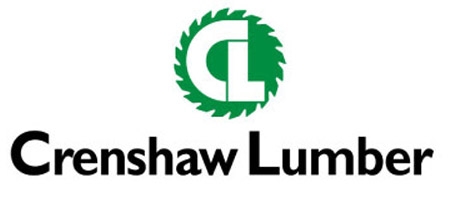
{article.name}
Social Media Links
Use this 12-Step Guide to Hire the Right Manager for Your Growing Business
Here’s how to find the person who loves doing what you dislike

- Share this:
- Share on Facebook
- Pin on Pinterest
- Tweet on Twitter
Your company has grown. You used to do everything. Now you feel it is time to shed some of the responsibilities, to hire a key manager to take them on.
What does that process entail and how to go about doing it? Here are the highlights:
What Do You Like to Do?
Make a list of all the responsibilities you have that you enjoy doing. Keep the list handy as you go about your day so you can jot down what you notice. Note what you like about having each of these responsibilities. Take more than a week to build this list.
What Don’t You Like to Do?
What drives you crazy? What makes you think you are getting closer to being dead every time you have to do it? Again, build this list over a week or so.
Share the Lists with Trusted Employees
Get the perspective of your most valued employees, the ones who know you best and who make you feel proud because they are a part of your team. What do they think about your two lists? Did you miss anything? Then revise the lists accordingly.
Build a Job Description
Using the “What Don’t You Like to Do?” list, build a job description for the new position. You might need an office manager. Or you might need a production manager. Focus on a job description for a manager position that will take off your shoulders all (or at least much) of what you dislike about your current job.
At the same time, develop a sense of the type of person you think would be a good fit for the position. Slower- or faster-paced? Detail-oriented or a big-picture person? Results- or people-oriented?
Start Looking
Using ads (going online is the best these days) or a recruiter, advertise the position. Use the job description and your sense of the type of person you are looking for as the starting point.
Change the ads weekly. You want to catch the right person’s eye. Simply by reorganizing the information or adding different information, you are likely to do that.
Intake
Okay, you have resumes coming in. Review them. Be ruthless: If there are typos, discard them. If they don’t include all the information you asked for, throw them away. If you hire people who can’t follow instructions and/or don’t have basic communication skills, it never gets better. You just hired a project, not a solution.
Phone Screening
Create a one-page list of questions. (Need help with the questions? Ask your most trusted and capable employees.) Then, with that sheet in hand, call the most appealing applicants. Ask them the same questions.
A Visit to Your Office
Have the best applicants in to fill out an application. Watch them. Did they arrive on time? How did you feel when you saw them enter the office? Did they bring a pen or, better yet, a pad of paper and a pen?
If they did not do one or more of those basic things or you just felt bad when you saw them, then free up their future as soon as you can. If they did meet those simple tests, then ask them to fill out an application.
Again, watch them. If it takes forever for them to fill out the application, you are learning they are slower-paced. Is that what you want in the person filling that position? If they are get the application done very quickly and upon your review you see misspellings and incomplete information, that is what you will get if you hire them.
Interview Them
If a candidate makes it through the above, then interview them. Avoid questions that can be answered with a “yes” or a “no.” Ask open-ended questions. For instance, instead of, “Are you always on time?” ask “What, if anything, gets in the way of you being on time?” Instead of, “Do you have a significant other?” (which is illegal to ask in California) ask “Tell me what you do when you are not working.”
Whatever they say, ask follow-up questions to dive deeper into how they think. You might ask your trusted employees to interview the best of the candidates, at least the top two or three. Have a list of questions to help them do this.
Give Them a Test or Two
Have some simple tests that those who make it past the interview process can do. Look at the job description for ideas on the tests.
For example, if a production manager is to prepare change orders, give the candidate the number of man-hours, the cost of the materials and cost of the trade contractors, plus the markup the company uses. See what they come up with.
Give them a situation that requires them to write an email to an upset client. Dive into the rotten things in the company’s past for inspiration. See how well they can organize their thoughts and communicate with someone.
A Personality Assessment
DiSC and Myers Briggs are two types of personality assessments. With a candidate(s) you are feeling good about, it is useful to have them do one of these assessments at some point in the process. Based on the findings, you will be able to ask them probing questions to learn more about how they think and are motivated. This can save you a lot of grief from going forward with someone who is not a good fit.
After the Interview
Compare notes with those who you invited to help you with the interviews. Review the applications and the test results. If you have someone who is a fit, congratulations! If you don’t, then keep on looking.
Above all, don’t settle. Why? Remember how you got started on this process: You want a key manager who will love doing some, if not all, of what you don’t like to do! If you hire someone who you feel isn’t right, you have just added more pain to your work life. Your goal all along was to reduce that.
Sign up for our Email List
Stay updated with all our latest posts, products and offers! Just enter your information below.

Comments